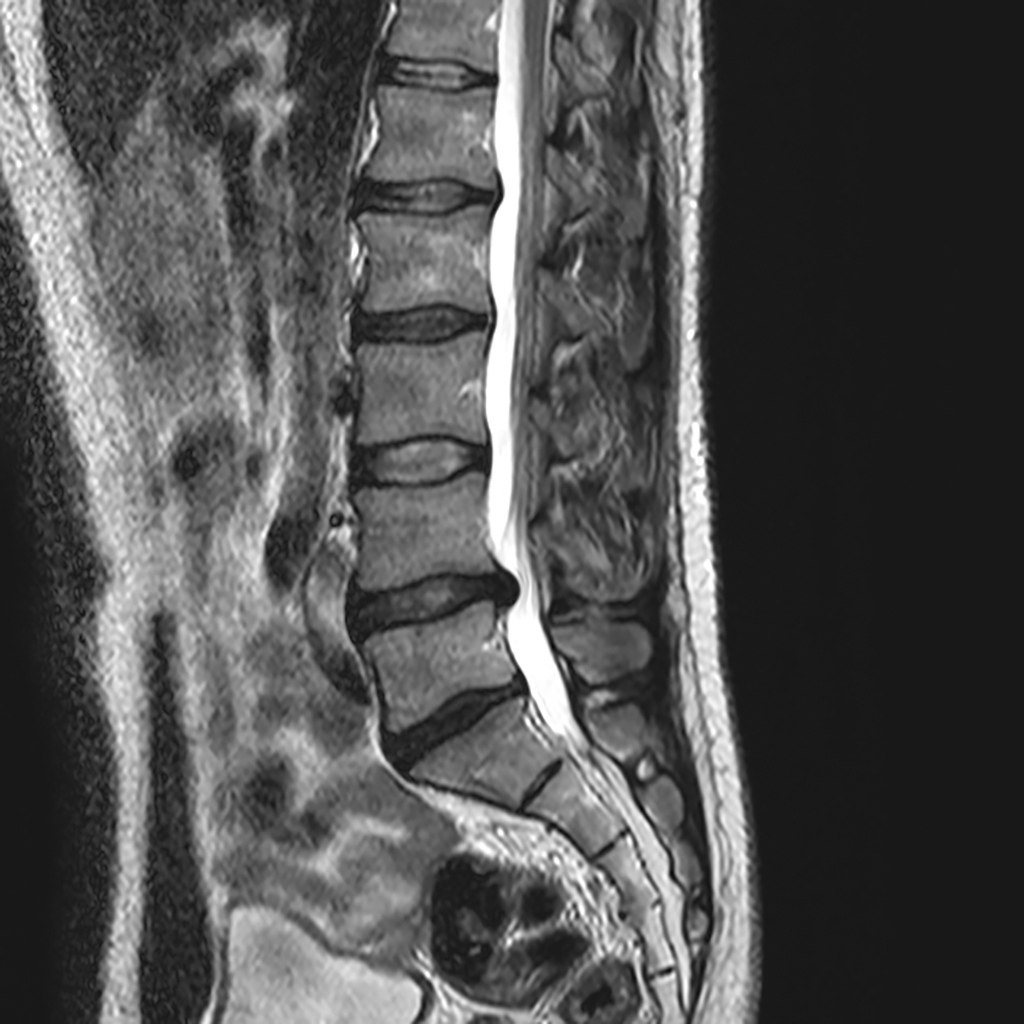Disc Herniation
Disc herniations are a frequent source of neck and back pain, impacting a large portion of the adult population at some stage in their lives. These conditions can cause significant discomfort, limit mobility, and, in severe cases, lead to neurological issues. This article explores disc herniations in detail, providing insights into their symptoms, underlying causes, and the range of available treatment options.
What is Disc Herniation?
The spine consists of vertebrae separated by intervertebral discs that function as cushions, absorbing shocks and enabling flexibility. Each disc is made up of a tough outer layer called the annulus fibrosus and a soft, gel-like center known as the nucleus pulposus. A disc herniation occurs when a tear or rupture in the annulus fibrosus allows the nucleus pulposus to protrude or leak out. This protrusion can irritate nearby spinal nerves, resulting in pain and a range of other symptoms.
Symptoms of Disc Herniation
The symptoms of a disc herniation can vary based on its location and severity. Common symptoms include:
- Pain
Often the most noticeable symptom, pain may be localized to the back or neck, or it can radiate to other areas. For instance, a herniation in the lower back may cause pain that radiates down the leg (sciatica), while a herniation in the neck might lead to pain radiating into the arms. - Numbness or Tingling
These sensations can occur in the areas served by the affected nerves, such as the arms, hands, legs, or feet. - Weakness
The muscles innervated by the affected nerves may become weak, which can impair the ability to lift, hold items, or perform certain movements.
Some individuals with a disc herniation may not experience any noticeable symptoms.
Causes of Disc Herniation
Disc herniations are often due to age-related wear and tear, known as disc degeneration. As we age, intervertebral discs lose hydration, becoming less flexible and more susceptible to tearing. Contributing factors include:
- Genetics
A hereditary predisposition to disc problems can increase risk. - Occupation
Jobs involving heavy lifting, repetitive motions, or prolonged sitting can elevate the risk of disc herniation. - Lifestyle
Factors such as obesity, smoking, and insufficient physical activity contribute to disc degeneration. - Trauma
Accidents or injuries can lead to immediate damage to the disc.
Treatment Options for Disc Herniation
Treatment for disc herniations varies based on the severity of symptoms and the patient’s overall health. Options include:
- Conservative Treatments
Many patients find relief through:- Rest and physical therapy
- Medications to manage pain and inflammation
- Lifestyle modifications and ergonomic adjustments
- Interventional Therapies
If conservative treatments are ineffective, options like:Epidural steroid injections to reduce inflammation and provide temporary relief
Surgical Options
For persistent symptoms affecting quality of life, surgical procedures may be recommended, such as:Microdiscectomy
Removing the herniated portion of the disc that is pressing on the nerveSpinal Fusion or Artificial Disc Replacement
In some cases, these procedures may be necessary to stabilize the spine or replace the damaged disc.
Conclusion
Disc herniations can significantly impact an individual’s life, but with accurate diagnosis and a tailored treatment plan, many people can find relief and resume their normal activities. It is essential for anyone experiencing symptoms of a disc herniation to consult with Dr. Richard for a precise diagnosis and suitable treatment options. While this article provides a general overview, each patient’s situation is unique, and treatments should be customized to address their specific needs and health status.
Understanding disc herniations is the first step toward effective management. By combining medical expertise, lifestyle modifications, and, if necessary, surgical intervention, individuals can address the challenges of disc herniations and work towards leading a healthy, active life.

